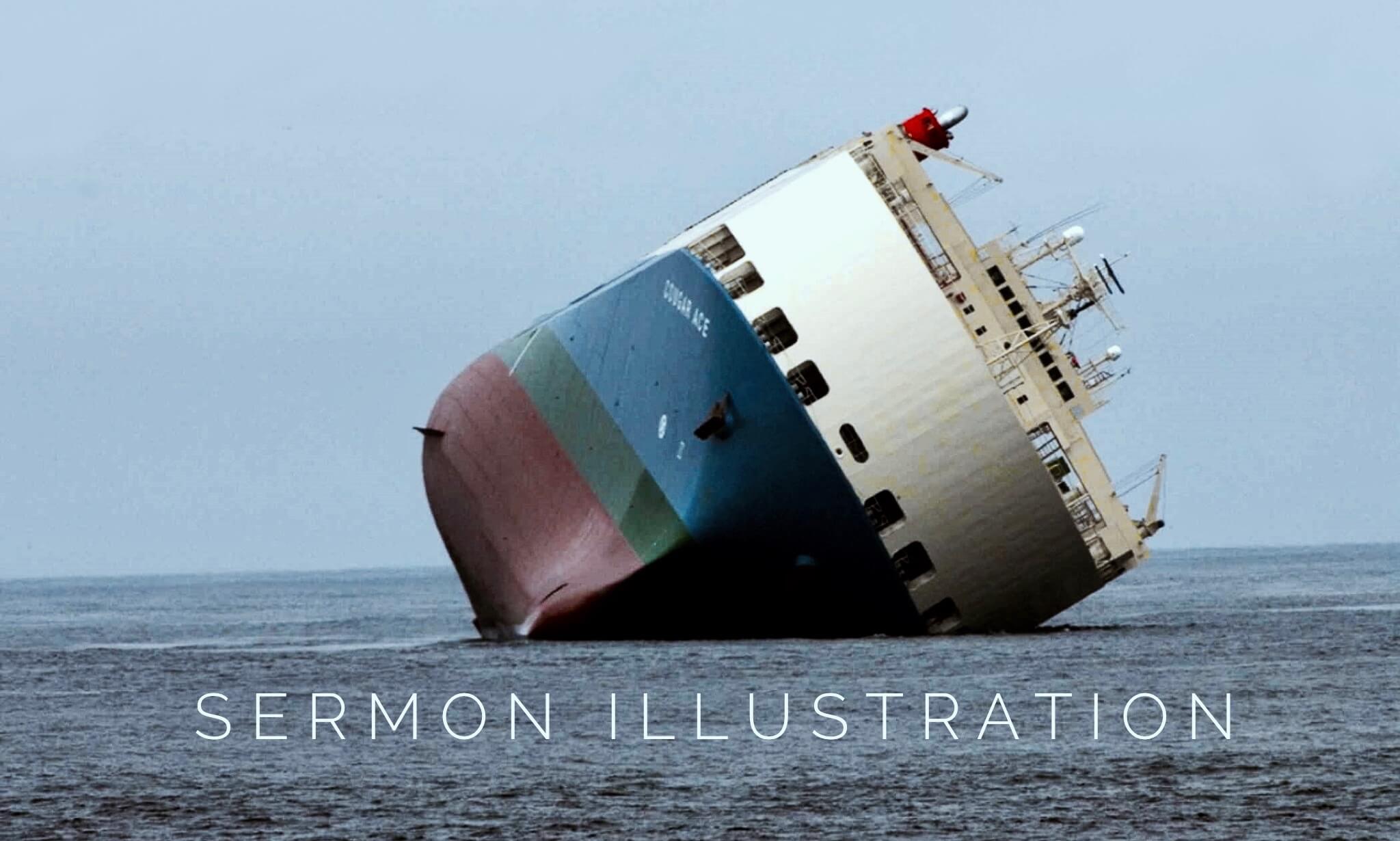Nobody Told the King His Ship Would Sink (Sermon Illustration)

How often do we let fear stop us from telling people about Jesus?
We fear being judged, appearing rude, or upsetting them. So we pretend everything is alright. We keep the gospel to ourselves. But deep down, we know they are headed for disaster.
It’s a lot like the true story of King Gustav Adolphus and his infamous ship, the Vasa.
Dr. Mark Rutland tells the story in his book Relaunch:
Early in the seventeenth century, England, Spain, Holland, and even tiny Portugal had established themselves as major naval powers. But Sweden was not among the great powers on the sea. They had some of the single-deck ships that were typically found on the Baltic but none of the great men-of-war that prowled the oceans. And even in the limited arena of the Baltic, the Swedish navy was nothing special, having suffered several defeats at the hands of the Polish navy and just as many defeats at the hands of bad weather in the 1620s.
King Gustav Adolphus decided it was time he established Sweden as a major naval power…. In 1626 he commissioned a warship that would be perhaps the greatest ship of his era and certainly the most magnificent vessel in the Swedish navy. It was to be named the Vasa.
King Gustav Adolphus’s ego demanded that the ship be the biggest, the best armed, and, above all, the most beautiful. He added great statues and other heavy ornamentation to the Vasa. Worse, he added a second deck of extremely heavy guns. The result was a top-heavy vessel. Gustav Adolphus may have been a good king, but he was a terrible engineer. The ballast, which would have been sufficient for the original design, was no match for the weight that had been added above the waterline.
When the Vasa was nearing completion, a Swedish admiral began to have serious doubts about her seaworthiness. He did a run test, in which thirty sailors on the top deck ran from one gunwale to the other to test the stability of the ship. After only three trips back and forth, the ship was rocking so violently that the admiral halted the test for fear that the ship would capsize right there in the shipyard.
The structural problems could be fixed. The keel could be deepened, and more ballast could be added to account for the above-water changes. But that would mean a significant delay in the ship’s launch. And the king had made it clear that he was in a hurry to get the Vasa on the seas. The Thirty Years’ War had been raging for ten years; believing that his new ship was a game-changer, he wanted it in the fray as soon as possible.
Even though it was obvious that the Vasa was a disaster waiting to happen, nobody had the courage to tell the king….
On August 10, the Vasa launched, right on schedule…. With much fanfare, the Vasa left the slip and sailed out into Stockholm Harbor. The sailors and passengers—some of them families of the ship’s officers—waved from the deck. It was a pleasant day with a slight breeze. The ship had not yet traveled a nautical mile when a slight gust of wind caught the sails. That one gust pushed the Vasa dangerously toward its port side. The sailors scrambled, and the ship managed to right itself, but no sooner was it upright again than a second gust knocked it over again. Water rushed in at the open gun ports. Within minutes, Sweden’s great naval hope was a hundred feet below the surface of Stockholm Harbor. More than thirty people died.1
Not telling other people about Jesus is like not telling them that their boat is going to sink.
What is more loving: to risk offending someone with the truth that their life is in danger, or to not warn them about the coming disaster?
Everyone who doesn’t know Christ is in danger. It’s our job as Christians to warn them.
—
Find more sermon illustrations here.






Just Wonderful🤍🙏🏾